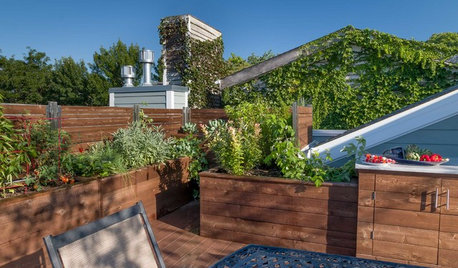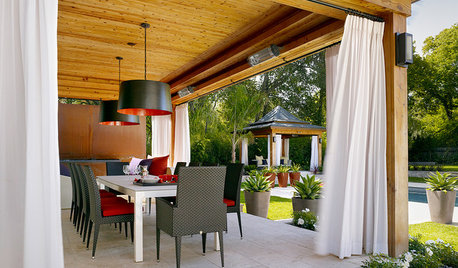Leyland Cypress: fertilizer/etc tips to get FAST growth?
Wayne Reibold
13 years ago
Featured Answer
Sort by:Oldest
Comments (16)
Embothrium
13 years agoWayne Reibold
13 years agoRelated Professionals
Windham Landscape Architects & Landscape Designers · New Mexico Landscape Architects & Landscape Designers · Westwood Landscape Contractors · Crystal Landscape Contractors · Damascus Landscape Contractors · Galveston Landscape Contractors · Lees Summit Landscape Contractors · Lemay Landscape Contractors · Long Branch Landscape Contractors · Manhattan Landscape Contractors · Oviedo Landscape Contractors · Raleigh Landscape Contractors · Sugar Hill Landscape Contractors · Waipahu Landscape Contractors · Palos Heights Landscape Contractorsken_adrian Adrian MI cold Z5
13 years agogardengal48 (PNW Z8/9)
13 years agomissingtheobvious
13 years agotunilla
13 years agosevernside
13 years agoWayne Reibold
13 years agotreebarb Z5 Denver
13 years agogardengal48 (PNW Z8/9)
13 years agotunilla
13 years agozsolti_hungary
13 years agodcsteg
13 years agogardengal48 (PNW Z8/9)
13 years agoEmbothrium
13 years ago
Related Stories

GARDENING GUIDESGet on a Composting Kick (Hello, Free Fertilizer!)
Quit shelling out for pricey substitutes that aren’t even as good. Here’s how to give your soil the best while lightening your trash load
Full Story
FARM YOUR YARDHow to Get Good Soil for Your Edible Garden
The nutrients in your soil feed the plants that feed you. Here are tips on getting it right — just in time for planting season
Full Story
LANDSCAPE DESIGNGet Along With Less Lawn — Ideas to Save Water and Effort
Ditch the mower and lower your water bill while creating a feast for the eyes with diverse plantings and gathering places
Full Story
GARDENING GUIDESCommon Myths That May Be Hurting Your Garden
Discover the truth about fertilizer, soil, staking and more to keep your plants healthy and happy
Full Story
SAVING WATERXeriscape Gardens: How to Get a Beautiful Landscape With Less Water
Conserve water and make gardening much easier with the xeriscape approach’s 7 principles
Full Story
GARDENING GUIDES10 Tips for Beginning Gardeners
With a simple sketch, basic tools and the right plants, you’ll be on your way to growing your first flowers or edibles
Full Story
PATIOSGet Backyard Privacy the Subtler, Stylish Way
Why settle for a hulking brick wall when plants, screens and other refined backyard dividers do the job with panache?
Full Story
GARDENING GUIDESHow to Keep Your Citrus Trees Well Fed and Healthy
Ripe for some citrus fertilizer know-how? This mini guide will help your lemon, orange and grapefruit trees flourish
Full Story
GARDENING GUIDES10 Tips to Start a Garden — Can-Do Ideas for Beginners
Green up your landscape even if you're short on time, money and knowledge, with these manageable steps for first-time gardeners
Full Story
GARDENING GUIDESCalifornia Gardener: What to Do in July
Active green thumb or not, top priorities for peak fruit and veggie season: watering, feeding, keeping up with growth
Full StoryMore Discussions











greenlarry